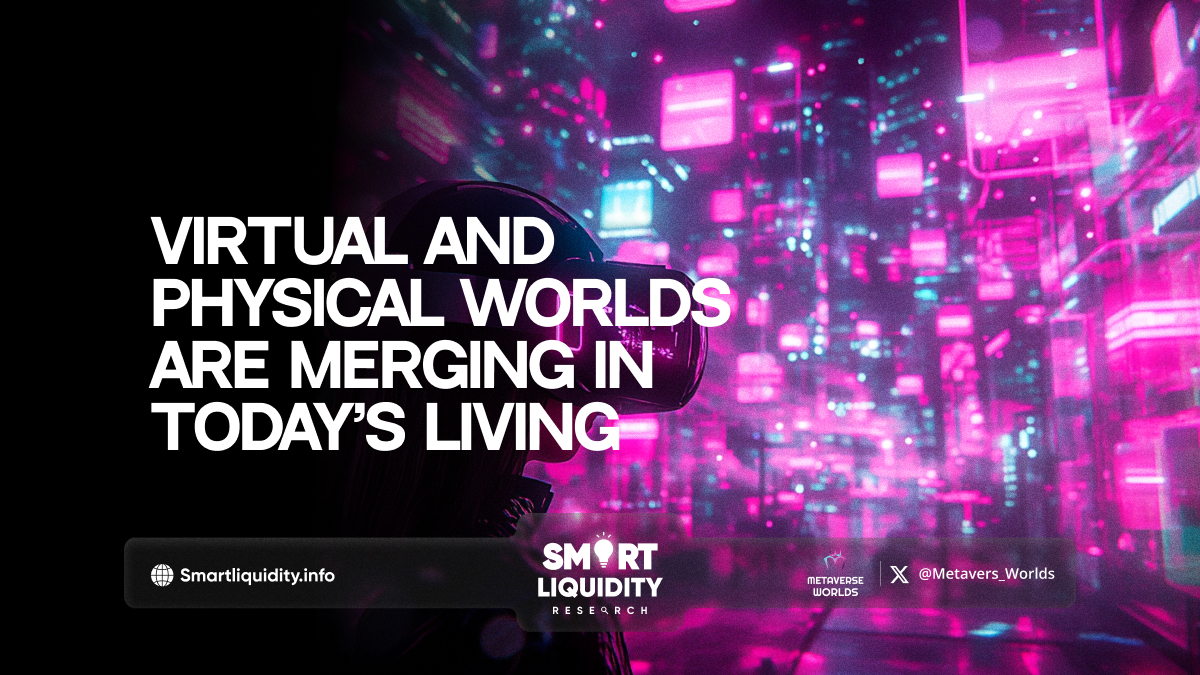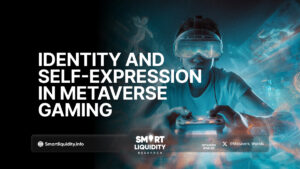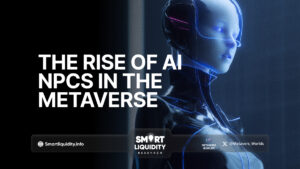Virtual and Physical Worlds Are Merging in Today’s Living


In today’s world, the boundaries between the virtual and physical realms are becoming increasingly blurred. Advances in technology have allowed these two worlds to merge in ways that were once unimaginable. The growth of virtual reality (VR), augmented reality (AR), and the Internet of Things (IoT) has transformed how people live, work, and interact.
Virtual environments are now being integrated into everyday life. Through VR headsets, immersive experiences are offered that transport users to entirely new worlds. These experiences are not only used for entertainment but are also being utilized in education, healthcare, and business. For example, remote medical consultations are being conducted with the help of virtual platforms, enabling doctors to treat patients from miles away. Additionally, training programs are being designed using VR simulations, allowing individuals to practice real-life scenarios in a controlled environment.
In the physical world, smart devices are seamlessly connecting people with their digital lives. Homes are being equipped with smart technology, such as voice-activated assistants, automated lighting, and temperature controls. As a result, tasks are being simplified, and time is being saved. Likewise, workplaces are being revolutionized by virtual meetings, cloud computing, and digital collaboration tools. These innovations allow people to work remotely, share information instantly, and stay connected across vast distances.
However, this merging of virtual and physical spaces is not without its challenges. Privacy concerns are being raised as more personal data is shared and stored in digital spaces. Moreover, there is an ongoing debate about how much time should be spent in virtual environments versus the real world. Nevertheless, it is clear that the line between these two realms is continuing to fade. Ultimately, as both worlds merge, new possibilities and challenges will shape the future of human experience.




